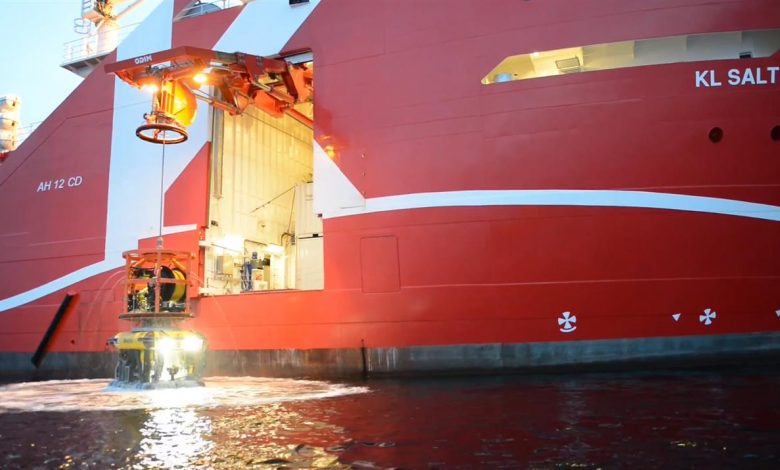
A cross-industry project led by DNV GL to halt the boom in subsea documentation shows that implementing a standardised approach can significantly reduce engineering hours.
The two-year collaboration led by DNV GL has concluded in a publicly available Recommended Practice which can reduce the amount of subsea documentation and enable documentation reuse in a typical subsea field development project.
DNVGL-RP-O101 ‘Technical documentation for subsea projects’ details a required minimum set of documentation transferred between E&P companies, operators and contractors for the construction, procurement and operation of a field. The outcome will reduce the volume and variety of documentation exchanged between the parties in a project, thereby making project execution more cost effective.
According to a contractor in the JIP, subsea documentation increased by a factor of four between 2012 and 2015. Previously, a contractor in a typical subsea project would deliver around 10,000 documents, with each one averaging three revisions, resulting in up to 30,000 transactions between two actors. Today, projects can deliver 40,000 documents, with three revisions resulting in 120,000 transactions. Handling time has also doubled per revision. A big project may require a contractor to have 25 people just on document control.
“We like solid documentation in DNV GL, but this massive explosion in paper hasn’t tangibly improved performance, safety or environmental impact – it’s just escalated costs without adding value,” commented Bente Helén Leinum, project manager, DNV GL – Oil & Gas.
“A benchmarking exercise by one JIP participant showed that adoption of the RP could deliver a 42% potential reduction in engineering hours. The savings come from reduced reviews by reusing documents, having more standardised documents and avoiding unnecessary reviews of non-critical documents. Another supplier estimates that the potential cut in documentation can be as high as 75-80% through increased use of standardized documents,” continued Leinum.
